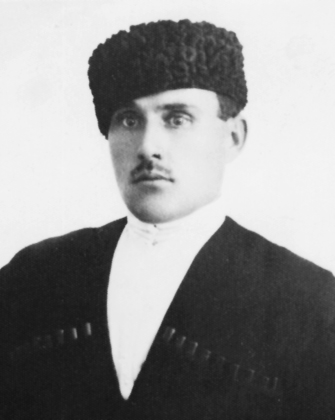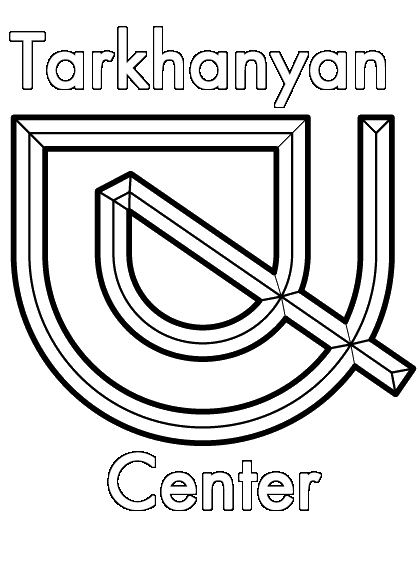Kuro (Suren) Tarkhanyan

The Tarkhanyan family has made a lasting impact on Armenian history and culture, with Kuro (Suren) Tarkhanyan standing out as a distinguished military figure who played a vital role in Armenia’s struggle for independence.
Early Life and Military Education
Kuro (Suren) Tarkhanyan (Կուռո Թարխանյան) was born in 1896 in Shushi, located in the Elizavetpol Governorate of the Russian Empire. He hailed from the ancient Tarkhanyan family, known for its noble military tradition. Kuro received his formal military training at the Alexandrovsk Military School in Moscow.
World War I Service
With the outbreak of World War I (1914–1918), Tarkhanyan was deployed to the German and Austrian fronts, where he was wounded. Demonstrating commitment, he requested a transfer to the Caucasus front, where he took part in significant battles including Baghesh, Khunus, and Alashkert during 1917–1918.
Role in Armenia’s Fight for Independence
Following the declaration of the First Republic of Armenia in 1918, Tarkhanyan joined the national army and became one of the closest aides to the renowned commander Dro (Drastamat Kanayan). He actively fought in key battles such as Sardarapat, Soganlug, Surmalu, Syunik, and Bash-Aparan. Despite being wounded during the Armenian-Georgian War of 1918, he remained in service.
By order of Dro, Tarkhanyan took command of the strategically important line stretching from Dsegh to Kolageran to Kachagan in 1918. He was heavily involved in armed resistance against Bolshevik forces in Zangezur, notably in the battle near the Uch Tapalar heights. For his military accomplishments, he was awarded the Order of Saint Vardan in 1920.
Leadership During the 1921 Uprising
In February 1921, during the anti-Bolshevik uprising, Tarkhanyan commanded the forces of the Kotayk region. On February 18, his troops, alongside those led by Bashgyarneci Martiros, entered Yerevan. Under the Committee for the Salvation of the Homeland, he was appointed Supreme Commander-in-Chief of the Armenian army and became a committee member.
He successfully avoided the mass deportation of Armenian officers in 1921 and actively participated in the rebellious villages of Garajalar and Zar in Kotayk. At a key meeting of Armenian Revolutionary Federation (ARF) leaders, including Hakob Ter-Hakobyan and Yeprem Sargsyan, Tarkhanyan was unanimously named military commander of the insurgent forces.
Orders and Historical Archives
Kuro Tarkhanyan’s role in the heroic Zangezur struggle is documented in three notebooks titled “Documents of Sparapet Kuro,” preserved at the Central Archive of the ARF in Boston, USA. These orders, written in both Armenian and Russian, offer valuable insight into the resistance movement and Tarkhanyan’s leadership.
Deputy to Sparapet Garegin Nzhdeh
Following the Yerevan uprising, Tarkhanyan was dispatched to Zangezur, where he was appointed deputy to Sparapet Garegin Nzhdeh—a key Armenian military leader. His extensive combat experience and leadership during the uprising made him an essential figure in the resistance’s military command.
Later Life and Legacy
After the suppression of the 1921 uprising, Tarkhanyan emigrated to Europe, settling in Bucharest, Romania. During World War II, he contributed significantly to rescuing Armenian prisoners of war.
Kuro Tarkhanyan passed away in 1944 at the age of 48 due to a severe illness. His death was a profound loss for his family, especially his brother, who spent years searching for Tarkhanyan’s family.
Remembering Kuro Tarkhanyan
Kuro Tarkhanyan remains a key figure in the Armenian national liberation movement of the early 20th century. His descendants and historians continue to honor and study his contributions to Armenia’s independence struggle. The Tarkhanyan family is dedicated to preserving its historical legacy and ensuring that Kuro Tarkhanyan’s name holds a rightful place in the history of the Armenian homeland.
